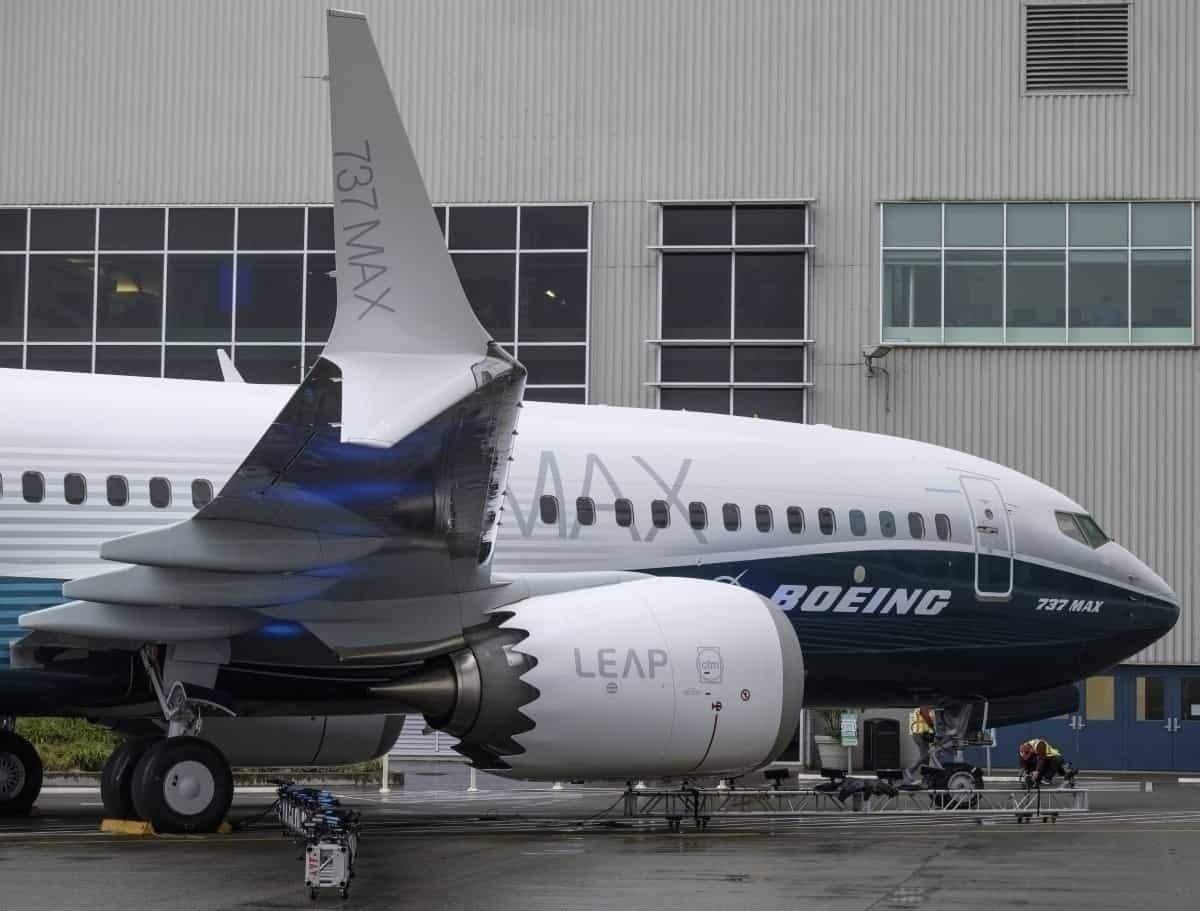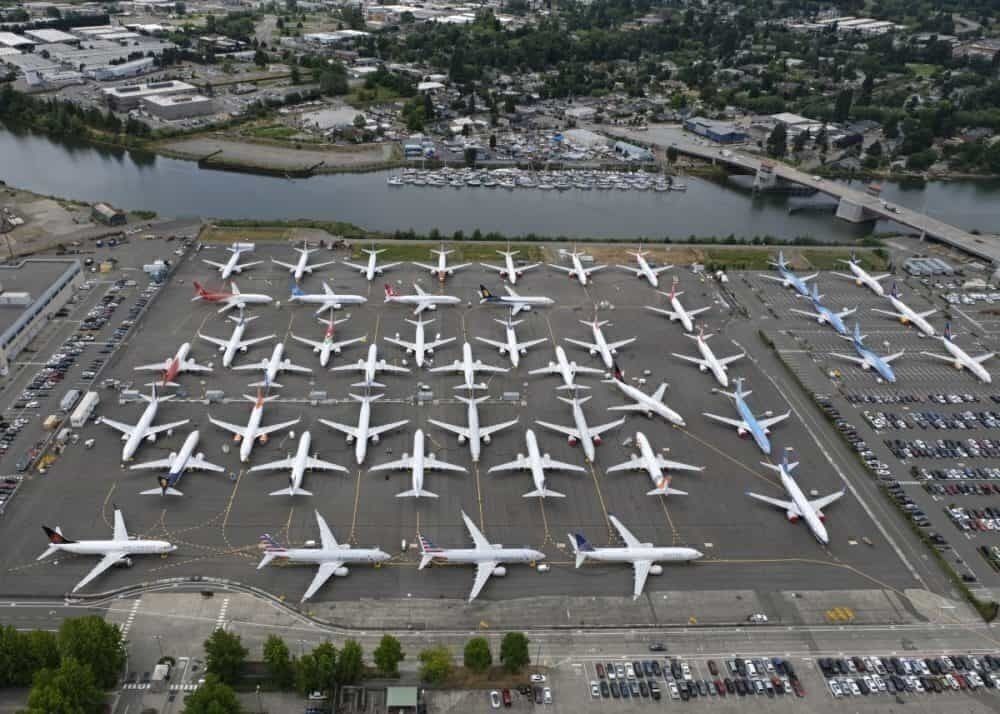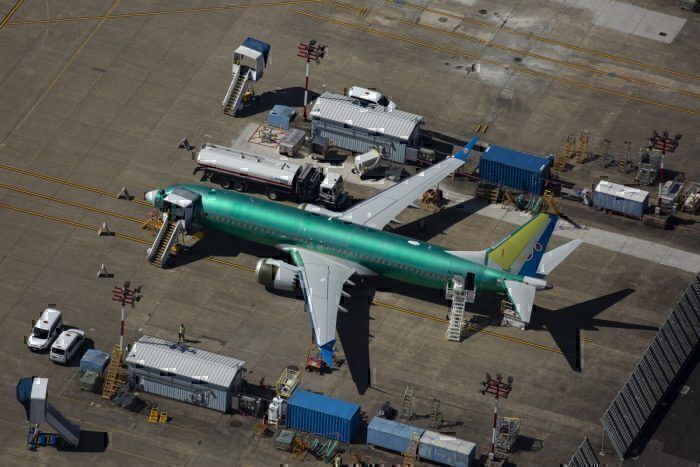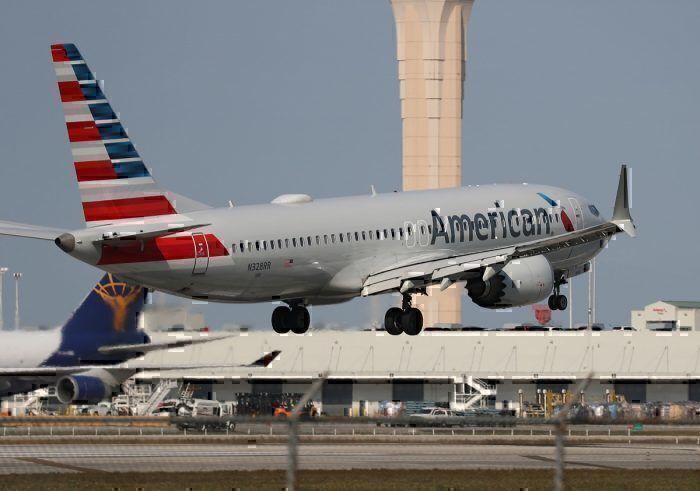The United States Federal Aviation Administration (FAA) has finalized an Airworthiness Directive (AD) on the Boeing 737 MAX. Initially proposed in February, the regulatory agency responded to a Boeing service bulletin relating to inadequate shielding of underlying wiring in the exterior engine panels from electromagnetic effects that could potentially cause dual engine power loss.
The airworthiness directive
Per Reuters, the FAA has finalized its airworthiness directive on 737 MAX engine covers. In particular, the FAA stated the following in the directive viewed by Simple Flying:
"This proposed AD was prompted by a report that certain exterior fairing panels on the top of the engine nacelle and strut (the thumbnail fairing and mid strut fairing panels) may not have the quality of electrical bonding necessary to ensure adequate shielding of the underlying wiring from the electromagnetic effects of lightning strikes or high intensity radiated fields (HIRF), which could potentially lead to a dual engine power loss event from a critical lightning or HIRF exposure event."
The directive applies to certain 737 MAX 8 and MAX 9 jets. To correct this, there would need to be inspections of the thumbnail fairing panels and mid strut fairing panels for excessive rework of the metallic inner surface layer. If there are excessively reworked panels, these would have to be replaced, and the thumbnail fairing assembly would have to be modified to ensure adequate bonding.
In the final directive, the FAA and Boeing agreed to remove concerns about lightning strikes impacting the airworthiness of a 737 MAX. In doing so, the FAA stated it had conducted a further analysis in the months after proposing the directive.
Stay informed: Sign up for our daily aviation news digest.
Boeing issues a service bulletin
On December 11th, 2019, Boeing issued a service bulletin pertaining to this issue. It applied mainly to some of the first Boeing MAX aircraft produced through mid-2019 per a list of aircraft in the bulletin as viewed by Simple Flying.
The FAA reviewed the bulletin and conducted some of its own analysis before outlining the initial airworthiness directive. In essence, while Boeing maintained the fix could be completed within six months, the FAA sought to have this issue rectified before any further flight– adding an immediate nature to fixing the problem.
The MAX is preparing to take flight again
This comes as Boeing moves forward with 737 MAX recertification. A critical certification flight is expected to happen this month. Meanwhile, regulators continue to examine the aircraft and assess its readiness to return to service, and Boeing has resumed MAX production. However, this jet has remained quite controversial.
The FAA has not committed to any sort of timeline for recertifying the 737 MAX. In a recent Senate hearing, the FAA chief himself stated that he would pilot the aircraft himself before moving to recertify and unground the plane. Airlines, however, are a little more optimistic with Southwest's CEO stating he believes the MAX will return to service by the fourth quarter of 2020.
While some customers have cut down on MAX orders, few have cited issues with the plane as a reason for reducing their backlogs. Some of the type's largest customers have stuck with the jet and plan to fly it again once the aircraft is recertified.




